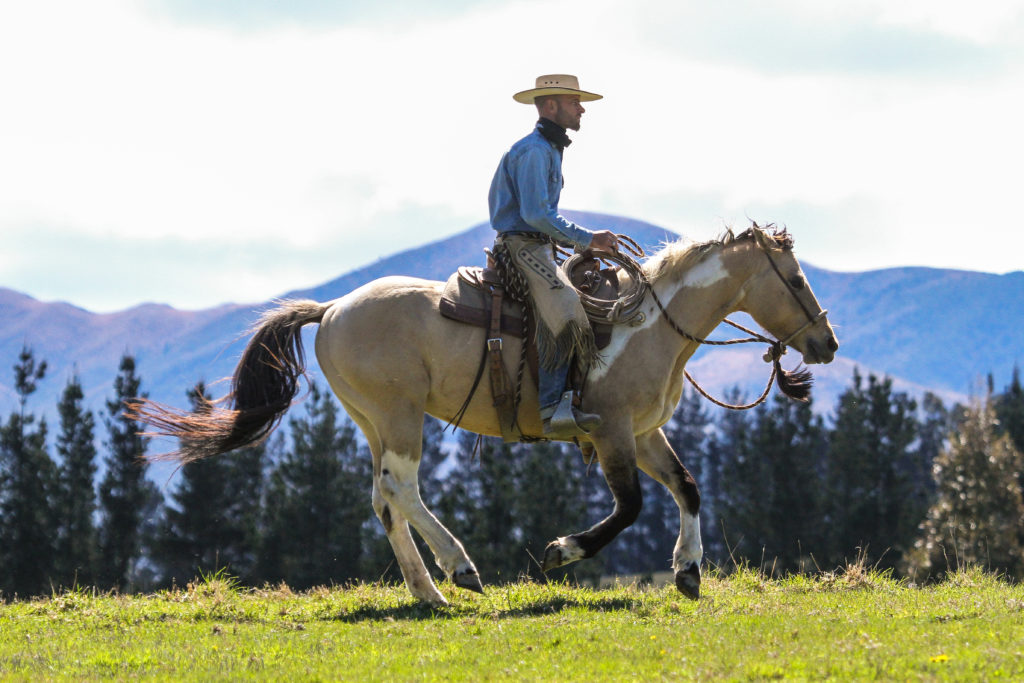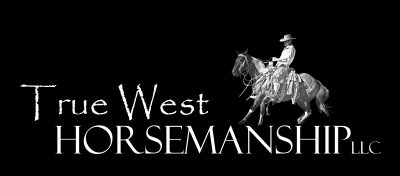Experience may be the best teacher, but the experienced one must still remain teachable. On the other hand, greater understanding does not automatically equal greater success unless one can consistently apply what they understand in specific situations.
Recently, I was near Nelson in the north part of the South Island, New Zealand, holding a few different clinics. Joining our Cattlework Clinic, where we work on horsemanship through stockmanship, were two fellows in their 50s. The first – we’ll call him Steve – had ridden for many years and quickly proved he had a fairly deep understanding of some of the horsemanship principles and concepts of equitation we were discussing. The second – we’ll call him Tim – had been riding for several years and was fairly green.
During the course of the day, we had gotten to the point of each rider attempting to sort a cow out of the herd and take it beyond our line of “turnback” riders. There are many different dynamics and factors we are working on in this, not the least of which is accuracy in our communication so we can be where we need to be, when we need to be there to make the “right” thing for the cow as easy as possible. Steve had a little experience working with cattle horseback and easily separated a few from the bunch. He and his horse were excited and enjoying the work, but also quick in their movements and very forward, which meant there was a constant pushing into the flight zone of the cattle, instead of a more defensive position of holding back and giving relief or blocking. So, the one he singled out got by him and back to the herd.
I explained what had happened with his position and overall speed and began offering suggestions to angle his horse away from the cow as he sorted her out, thus giving her relief for the right thing, rather than trying to continue to push her constantly away from the herd. The “predator” had come out though and he was determined that he could make it happen by riding harder and pushing her. Every time he got her out I told him to ease off, give her a moment and adjust position to block and every time he ended up basically pushing her around in an arc that resulted in chasing her right back to the herd. This happened about 7 times and I kept telling him what was about to happen right before it did. He finally decided to switch cows and was able to separate one and push her out of the circle.
After that, this cow that had got by him so much really got cagey. Every time a rider entered the herd now, she put her head down between two others and went to “hide” where no one could sort her out. She had learned how to find the comfort of the herd through not cooperating.
After a while, it was time for Tim to try his hand and he soon had a few head separated off to the side, one of whom, hiding with her head down behind another, was this skittish cow. I began slowly coaching Tim with specific maneuvers to position his horse and he quietly and smoothly followed my directions and waited patiently between transitions. In about a minute, he had this cow cut out by herself and held her, blocking her from returning from the herd. Then he gradually eased her past the other riders, completing his task. The whole situation had been such a picture not only of how good stockmanship is often a case of “slow is smooth, smooth is fast”, but also that more experience doesn’t necessarily equal greater “success”. Another principle made really obvious by this situation is that of recognizing what pieces make up the whole. Steve was basically trying to get the “whole” done all at once, whereas Tim was actually more successful by breaking it down into smaller steps or “pieces” and putting things together one thing at a time.
“Success” with horses (not ribbons or buckles, but the safe working partnership based in trust and understanding), often means that in spite of our level of experience we must always remain teachable and be willing to adjust our approach to fit the situation. So much of the time this involves recognizing how differently these prey/herd animals think than we as humans do. It means checking our ego at the door, developing empathy and remembering always that we are all simply Students of the Horse.
Keep a leg on each side and your mind in the middle!


